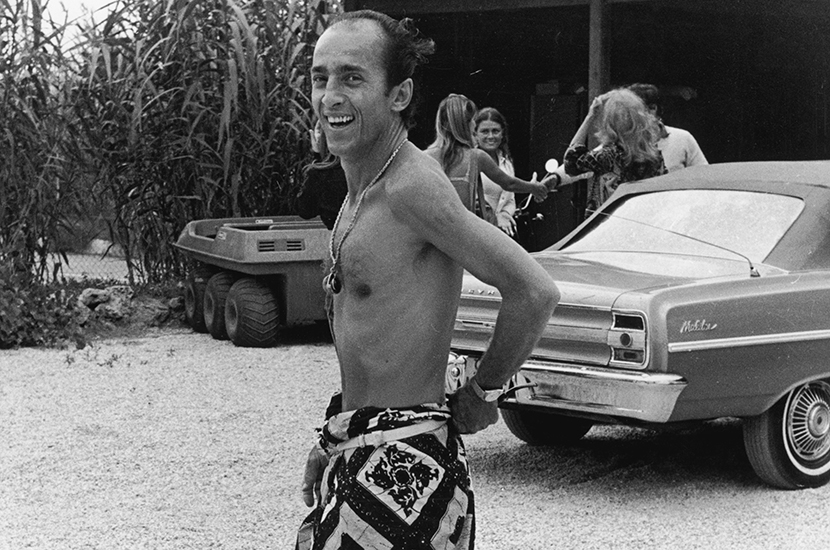Gstaad
During these dark, endless periods of lockdown, let’s take a trip down memory lane to a time when we still had real high life: parties galore, carefree girls in their summer dresses, and drunken dawns playing polo in dinner jackets. Life forms began to move properly about 500 million years ago, but I will take you back only 50 or so years, when chic creatures moved to the beat of the samba, the tango, the waltz and the cha-cha-cha. The Roaring Twenties roared because of the Great War’s privations, and the fabled, fabulous Fifties were a reaction to the second world war. People ached to have a good time — to splurge, to let go. Hunger and post-war austerity had turned even Paris into a gloomy, cold place.
By the mid to late 1950s, things had changed, and I hit the ground running. I was 20, ranked in tennis, and had been locked up in school for half my lifetime. The search for a good time is a natural reaction to the horrors of war, or boarding school. The reconstruction of Europe had taken more than a decade, and I remember American tennis players complaining about the lack of showers and hamburgers when they came over for Wimbledon in the mid 1950s. Then the Italian, German and, to a lesser degree, French economic miracles happened and it was party time.
Back in those halcyon days, social distancing meant no cheek-to-cheek dancing in Parisian debutante dances known as ‘rallies’. Then the grown-ups started giving balls, as country houses, physically run down during wartime, were refurbished and put to good use. The first great international party that I attended was at the Palazzo Serra di Cassano in Naples, hosted by the Duke and Duchess Serra to commemorate the Rome Olympics of 1960.









Comments
Join the debate for just £1 a month
Be part of the conversation with other Spectator readers by getting your first three months for £3.
UNLOCK ACCESS Just £1 a monthAlready a subscriber? Log in